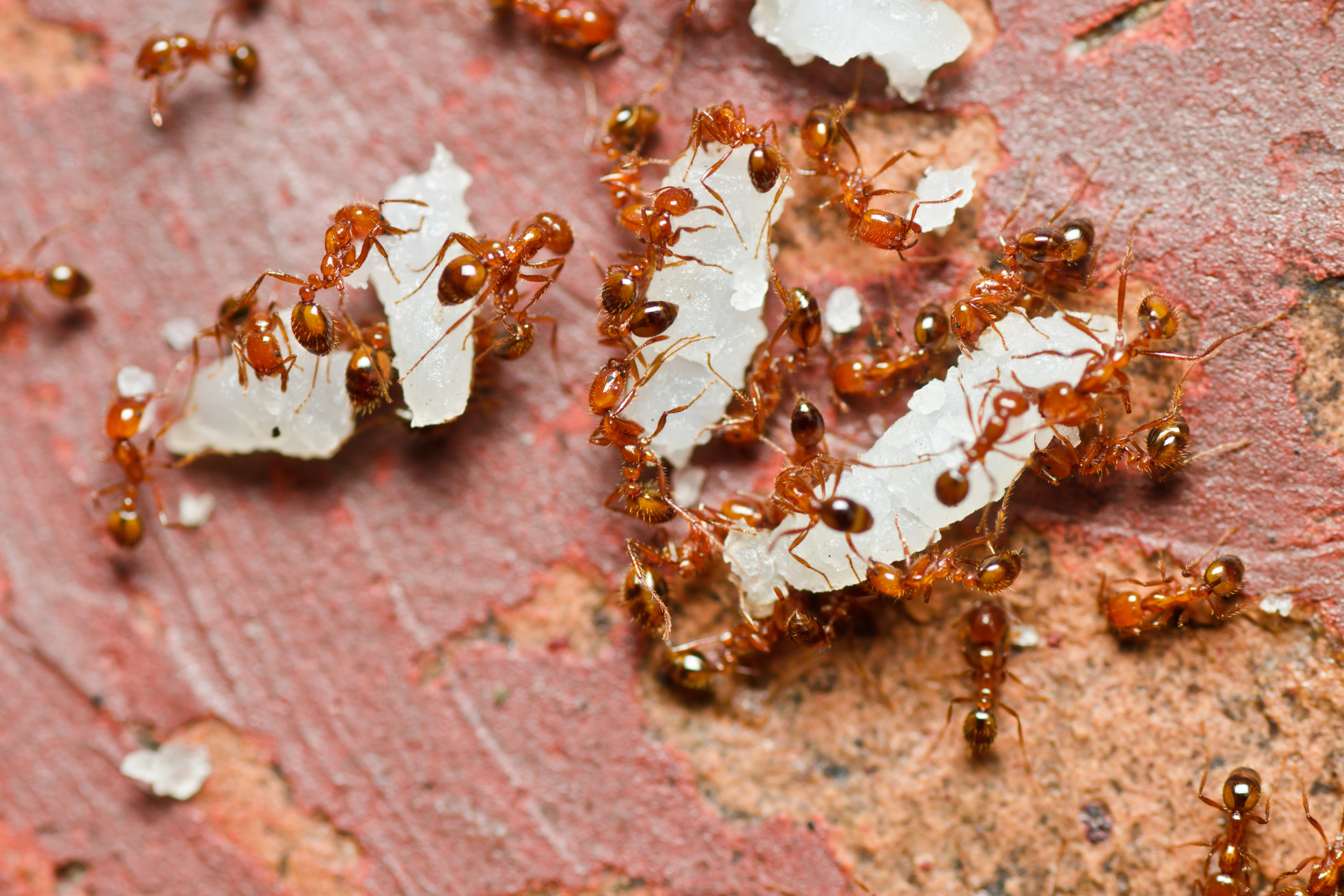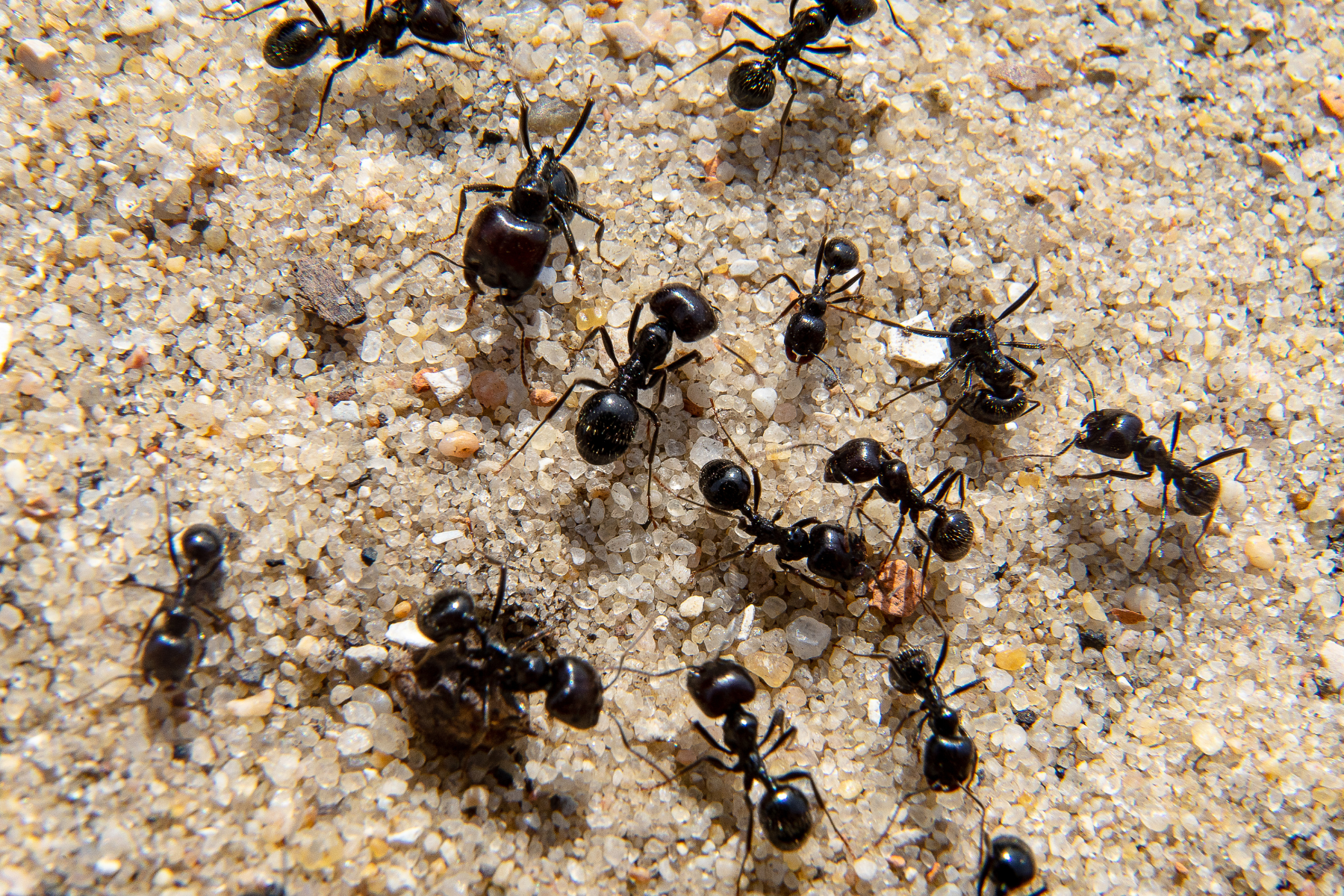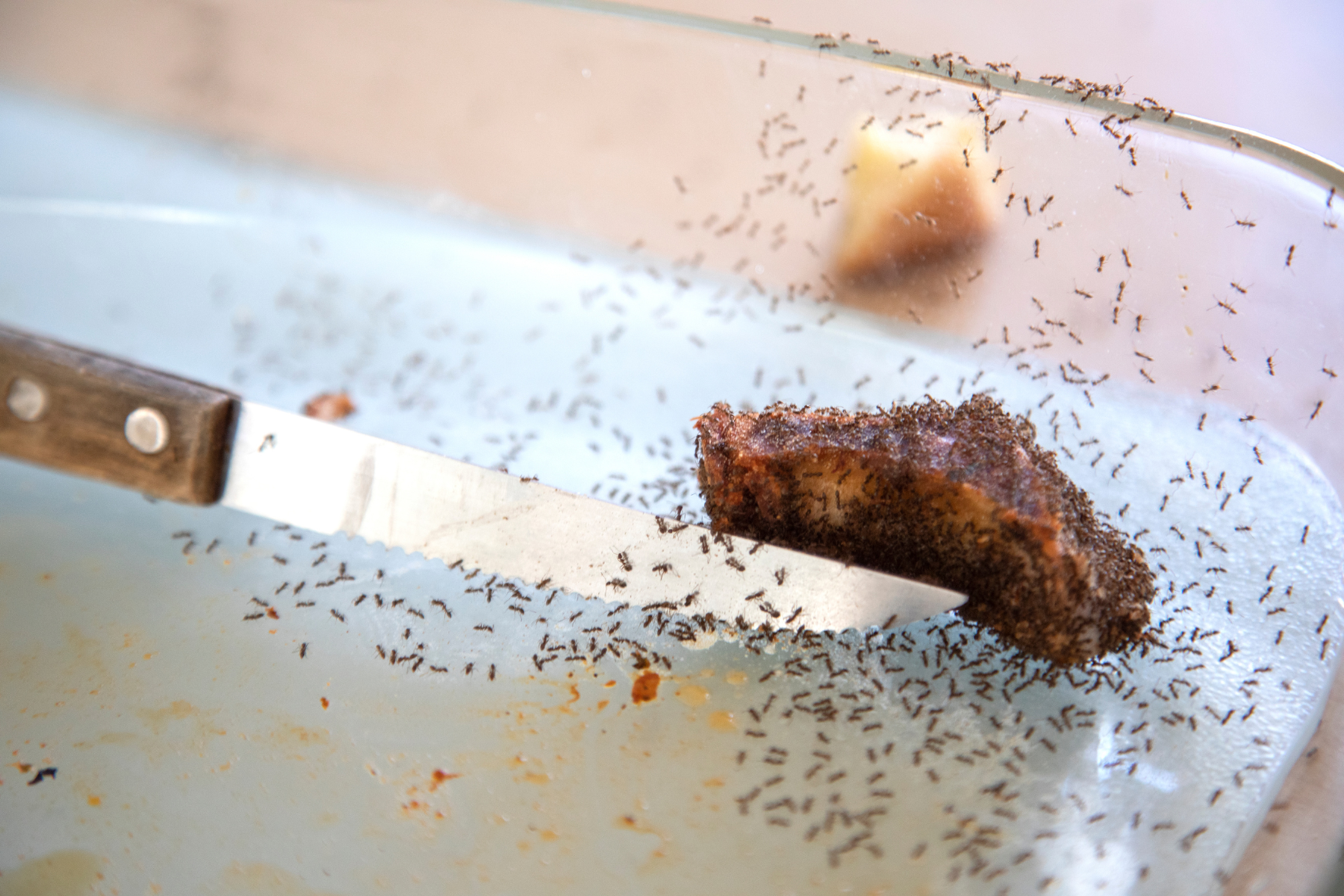As the desert heat starts to climb and flowers bloom across Maricopa County, ant colonies become increasingly active. Spring marks the beginning of a busy season for homeowners. You may notice trails of ants in their kitchens, bathrooms, or around outdoor patios. The combination of warmer weather, spring rains, and new food sources drives ants to forage. To reproduce and sometimes invade homes in search of sustenance and shelter.
This comprehensive guide explores why ant activity surges in spring. How to identify common species. What you can do to prevent infestations, and when to call in professional help.
Why Ant Activity Increases in Spring
Warming Temperatures Trigger Foraging
Spring temperatures across Arizona range from the mid-60s to high 90s. This warmth stimulates ant metabolism and signals their colonies to begin foraging. Ant scouts venture further to find food, creating trails that lead them indoors.
Spring Rains Disrupt Outdoor Nests
Rainfall during early spring months can flood ant nests, especially those near the surface. This forces colonies to relocate, sometimes migrating toward drier, protected spaces inside homes.
Ants Seek Moisture and Food Indoors
The dry desert climate means moisture is a valuable resource. Kitchens, bathrooms, and laundry rooms often provide both water and food, making them prime targets for spring ant invasions.
Common Spring Ants in Maricopa County
Odorous House Ants
These small, brownish-black ants give off a musty odor when crushed. They are particularly active in spring and are drawn to sweet foods and moisture sources like sinks and leaky pipes.
Pavement Ants
Typically nesting under driveways, sidewalks, and patios, pavement ants can infiltrate homes through cracks in the foundation. They prefer greasy and sweet foods and can be found trailing along baseboards.
Argentine Ants
Known for forming super-colonies, Argentine ants are highly aggressive and difficult to eliminate. They often appear in kitchens and bathrooms in large numbers, especially during damp spring months.
Fire Ants
Though less common in urban parts of Maricopa County, fire ants are dangerous due to their painful stings. They may build mounds in open lawns or dry soil near foundations.
Harvester Ants
More common in outdoor areas, harvester ants collect seeds and are known for creating visible, flat mounds in yards. They typically don’t invade homes but can pose a threat in outdoor living spaces.
Where You’ll Find Ants in the Spring
- Kitchens and Pantries: Ants often follow food crumbs, sticky spills, or sugary residues. Scout ants leave pheromone trails leading others directly to these sources.
- Bathrooms and Sinks: Moisture-rich areas like sinks, tubs, and behind toilets attract ants looking for water, especially odorous house ants.
- Baseboards and Wall Cracks: Small cracks and entry points along walls, baseboards, or window seals make it easy for ants to sneak into homes.
- Patios, Foundations, and Driveways: Outdoor nesting ants like pavement or harvester ants may begin their colonies near home foundations, eventually making their way inside.
How to Prevent Spring Ant Infestations
Check the openings
Use caulk or weather-stripping to seal:
- Window and door gaps
- Foundation cracks
- Utility line openings
Protect food sources
- Wipe down kitchen counters daily.
- Sweep floors to remove crumbs.
- Store pantry items in airtight containers.
- Rinse recycling and keep bins clean.
Reduce Moisture
- Repair leaky pipes and faucets.
- Dry sinks and bathtubs after use
- Run dehumidifiers in damp areas.
Keep Landscaping Away from Home
- Trim back bushes and trees that touch exterior walls.
- Avoid mulch or bark piles against the foundation.
Apply Natural or Chemical Barriers
- Spray citrus oil, vinegar, or peppermint oil as deterrents.
- Use perimeter pesticide sprays labeled for ant control.
Safe & Effective Ant Control Solutions
DIY Traps and Sprays
- Ant baits lure worker ants to take poison back to the colony
- Vinegar and water solutions disrupt scent trails
- Dish soap and water can kill ants on contact
Professional Ant Treatments
If DIY methods fail or the infestation grows, a pest control expert can:
- Identify the species and nesting sites
- Apply targeted treatments (gel baits, dusts, perimeter sprays)
- Offer long-term ant-prevention services
When to Call a Professional
- Persistent Infestations: Trails reappear despite cleaning
- Large Numbers: Colonies contain thousands of ants
- Outdoor Mounds or Nesting: Visible nests in the yard or near the foundation
- Unidentified Entry Points: Ants are entering from unknown sources
Local pest control companies in Maricopa County offer tailored solutions that account for the region’s climate and unique pest pressures. Many use eco-friendly methods safe for pets and families.
“Springtime in Glendale is beautiful, but I used to dread the ants that came with it! Last year, they invaded our picnic, and it was such a hassle. This year, I decided to be proactive. I read up on seasonal ant problems and followed some great tips. I’m happy to say we had a wonderful picnic without any ants crashing the party! It felt amazing to enjoy our time outside without worrying. I highly recommend taking steps early to keep those pesky ants away!”
— Emily Johnson, Tempe, AZ
Don’t let spring ants invade your home.
Don’t let spring ants invade your home this season! Schedule a free inspection with Maricopa County’s top pest control experts today. Our friendly team specializes in fast, family-safe ant treatments. They are designed to eliminate colonies and stop future infestations in their tracks. Enjoy your home without the worry of unwanted pests. Reach out now and let us help you create a safe and comfortable space for you and your loved ones!
Frequently Asked Questions (FAQs)
1. Why are ants more active during spring in Arizona?
Ants become more active in spring due to rising temperatures and increased moisture, which signal them to begin foraging for food and expanding their colonies.
2. What types of ants are common in Maricopa County homes during spring?
Common spring ants include odorous house ants, pavement ants, Argentine ants, harvester ants, and fire ants. Each with different behaviors and nesting habits.
3. How do I stop ants from entering my house in the spring?
Seal entry points, store food in airtight containers, fix moisture issues, and keep outdoor vegetation trimmed away from the home’s foundation.
4. Are DIY ant control methods effective?
DIY methods like baits, vinegar sprays, and sealing cracks can be effective for small problems. However, persistent infestations may require professional treatment.
5. What attracts ants to my kitchen in spring?
Sugary spills, crumbs, pet food, and moisture near sinks or appliances often attract ants during spring when they are foraging for food.
6. Can spring rains increase indoor ant infestations?
Yes. Spring rains may flood ant nests, driving them indoors in search of dry shelter and new nesting sites.
7. Are the ants in my home dangerous?
Most ants are nuisance pests, but some, like fire ants, can sting, and Argentine ants can become difficult to control if not treated quickly.
8. What’s the difference between using sprays and baits for ant control?
Sprays kill ants on contact but don’t reach the colony. Baits are carried back to the nest, eliminating the source of the infestation more effectively.
9. How do professionals treat spring ant infestations?
Experts use a combination of baiting, targeted treatments, sealing entry points, and long-term prevention strategies tailored to local ant species.
10. When should I call a pest control expert for ants?
If DIY solutions fail, ants keep returning, or you see large colonies or outdoor mounds near your home, it’s best to call a licensed pest control service.




